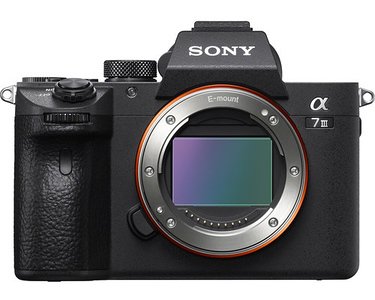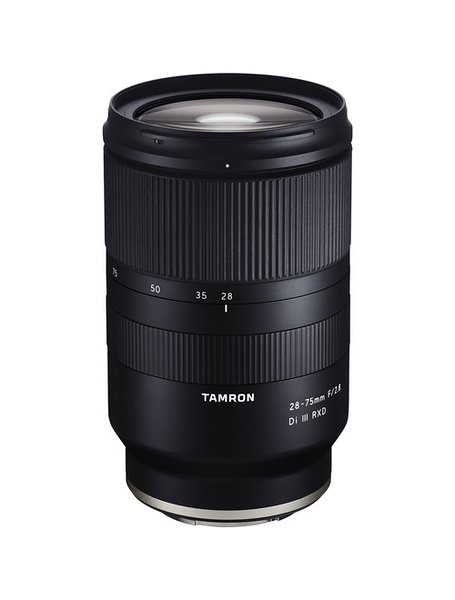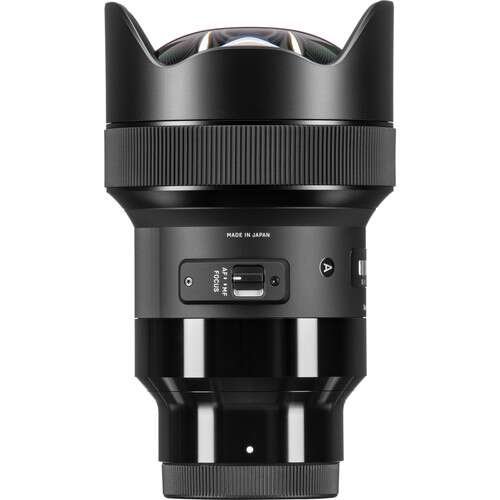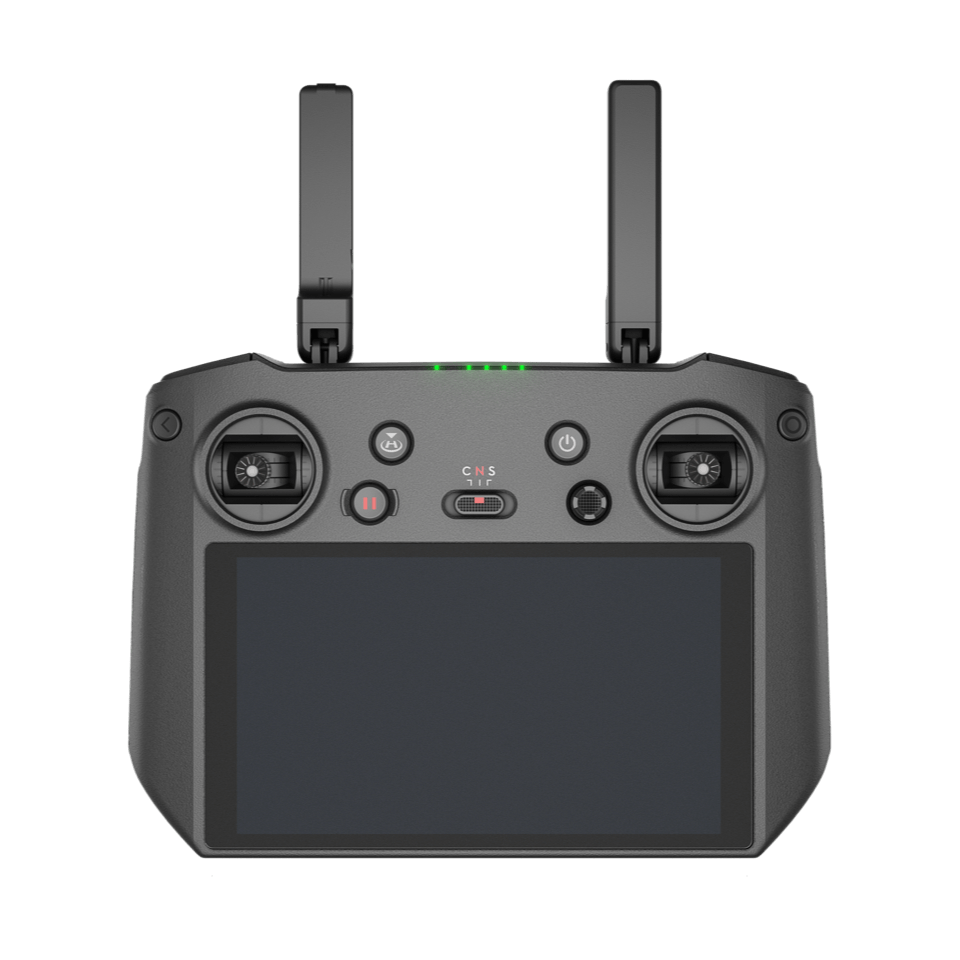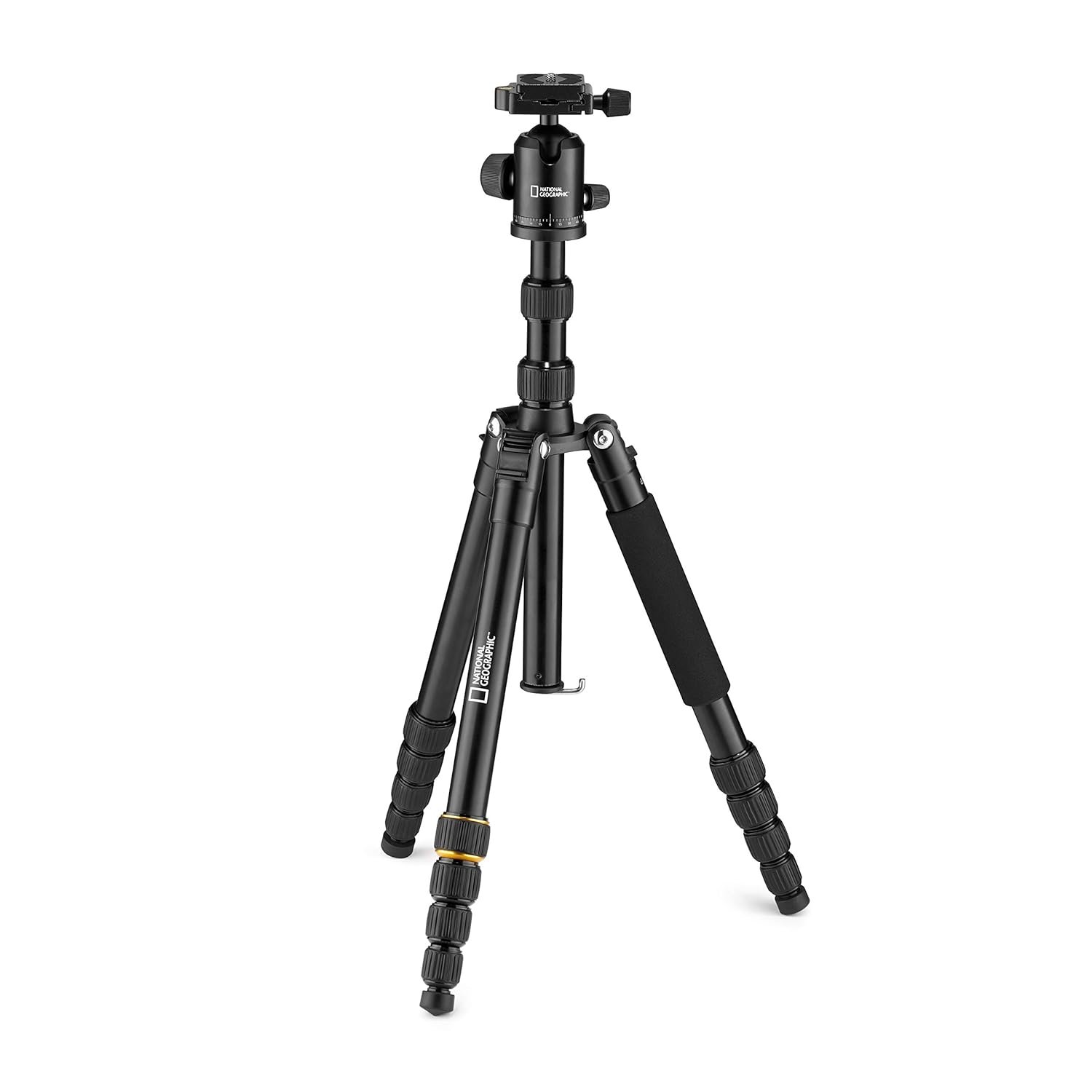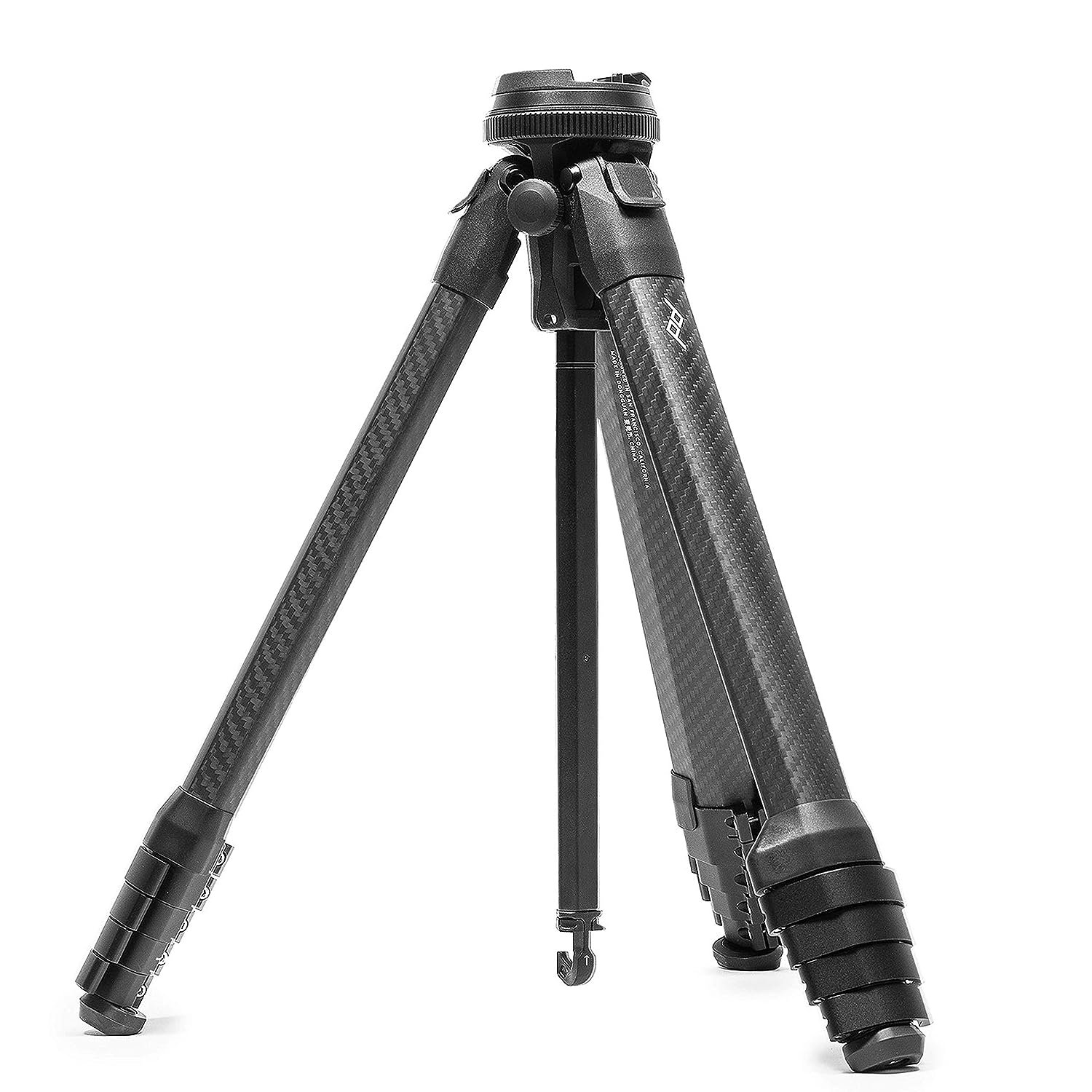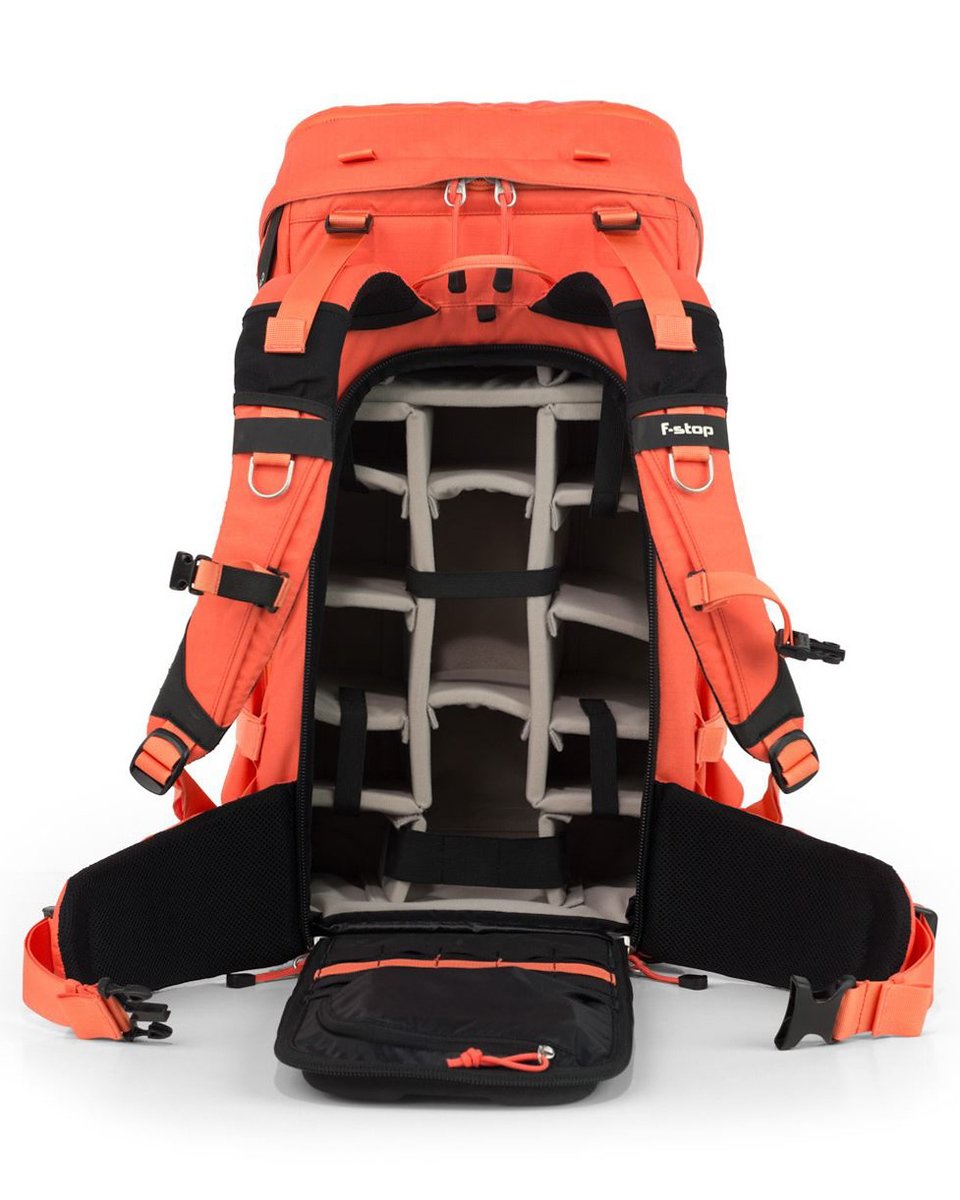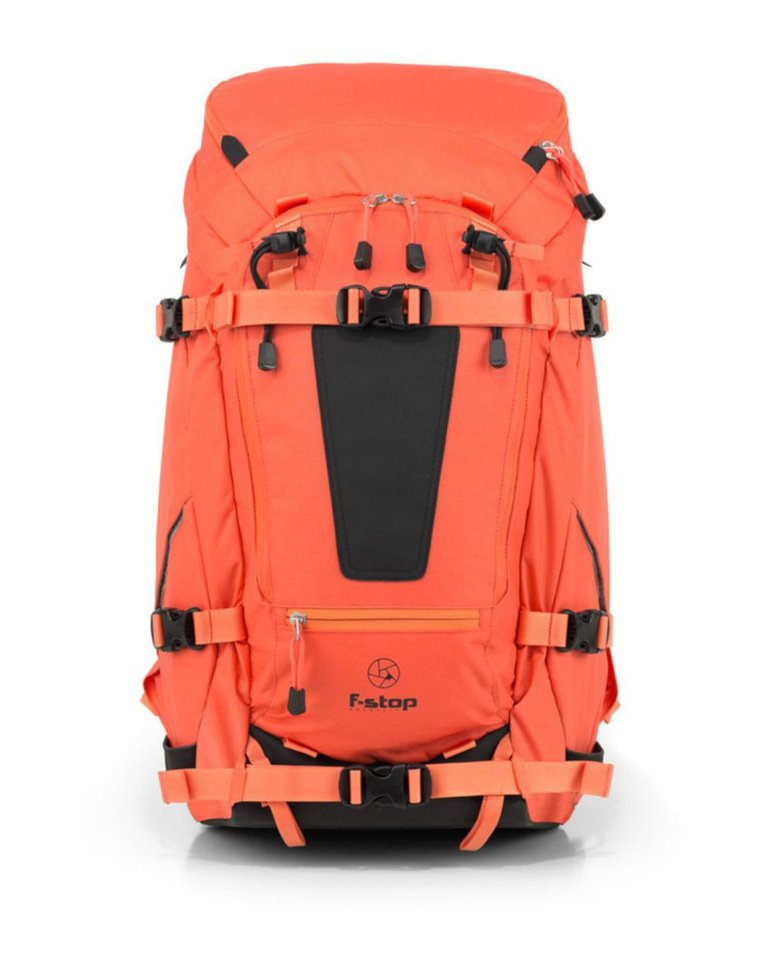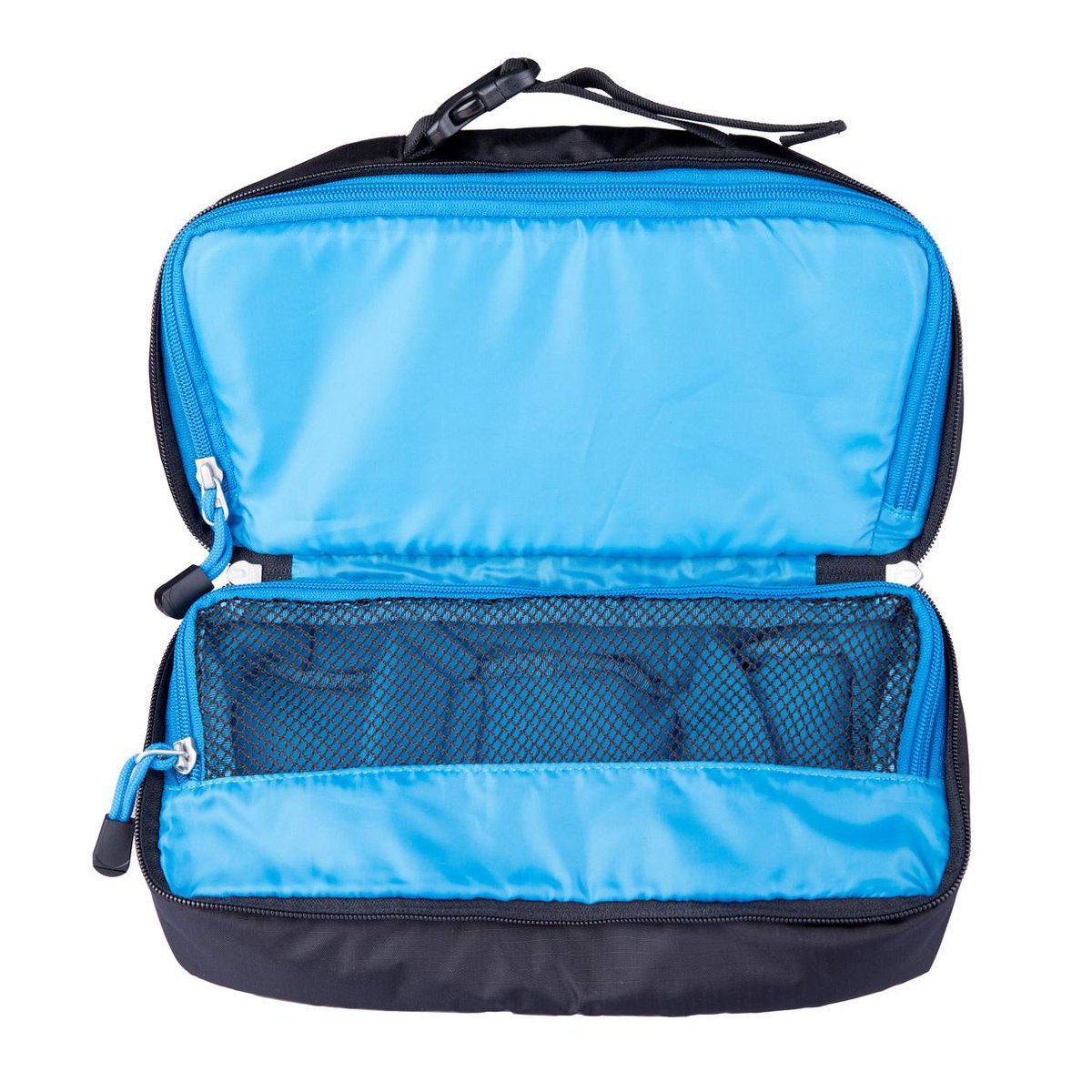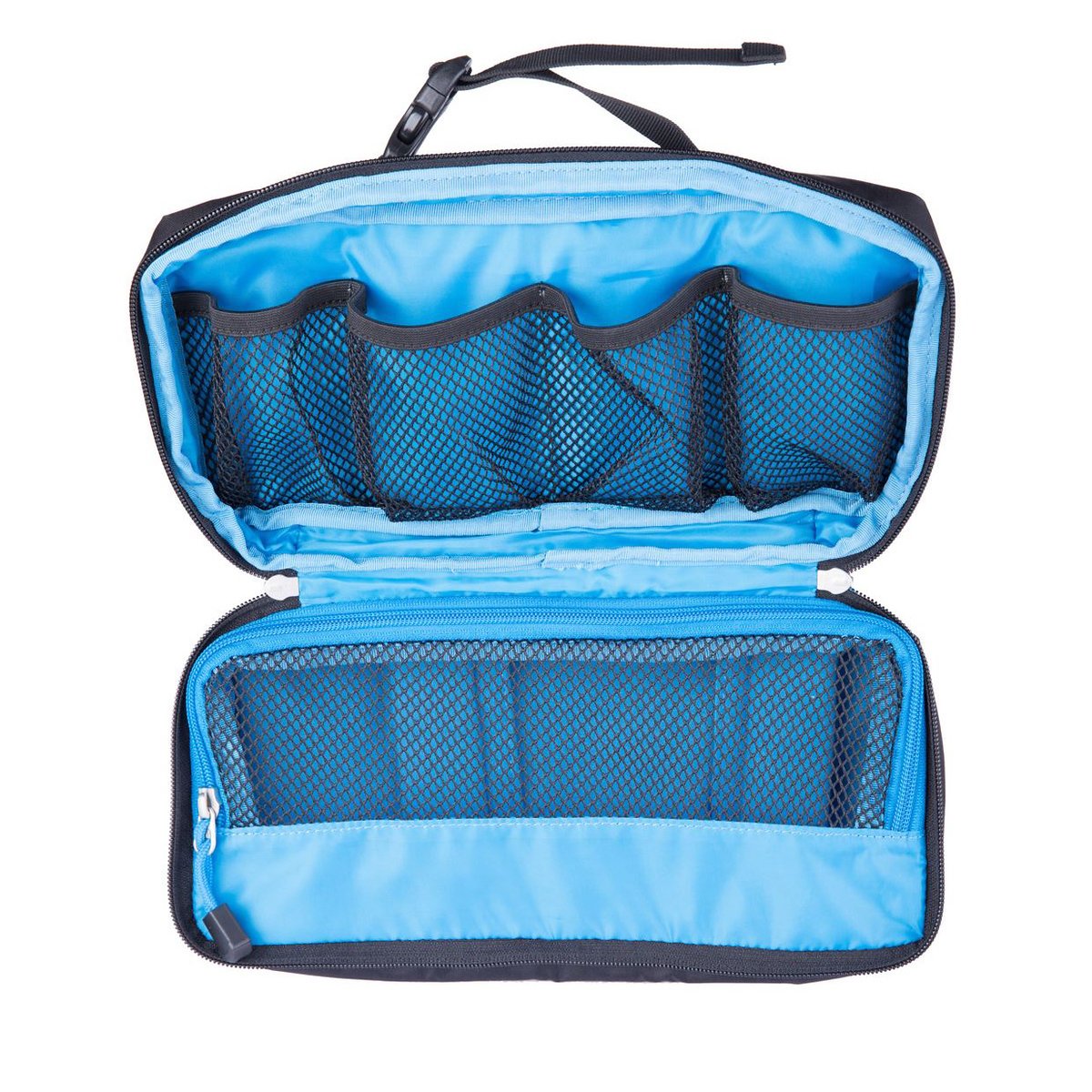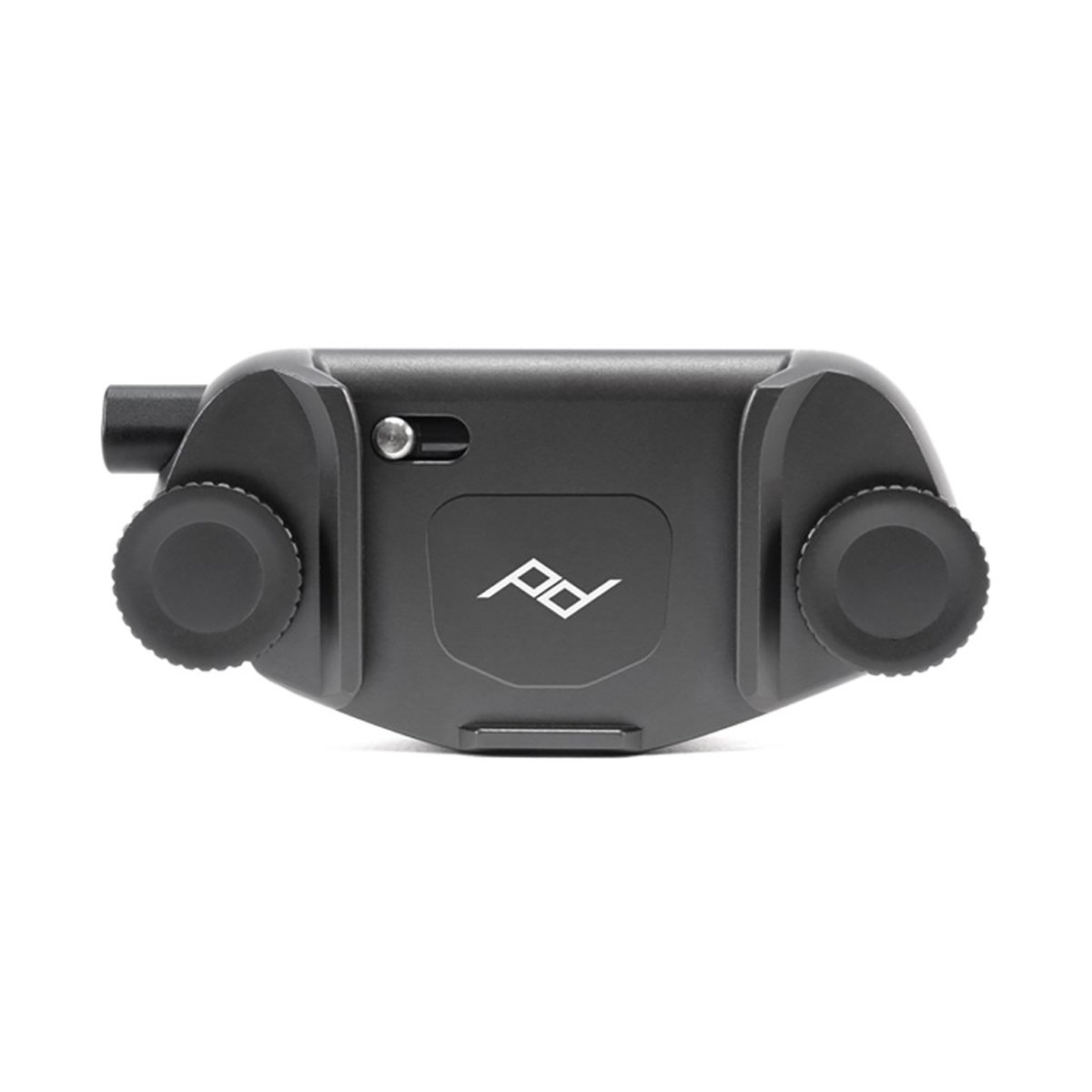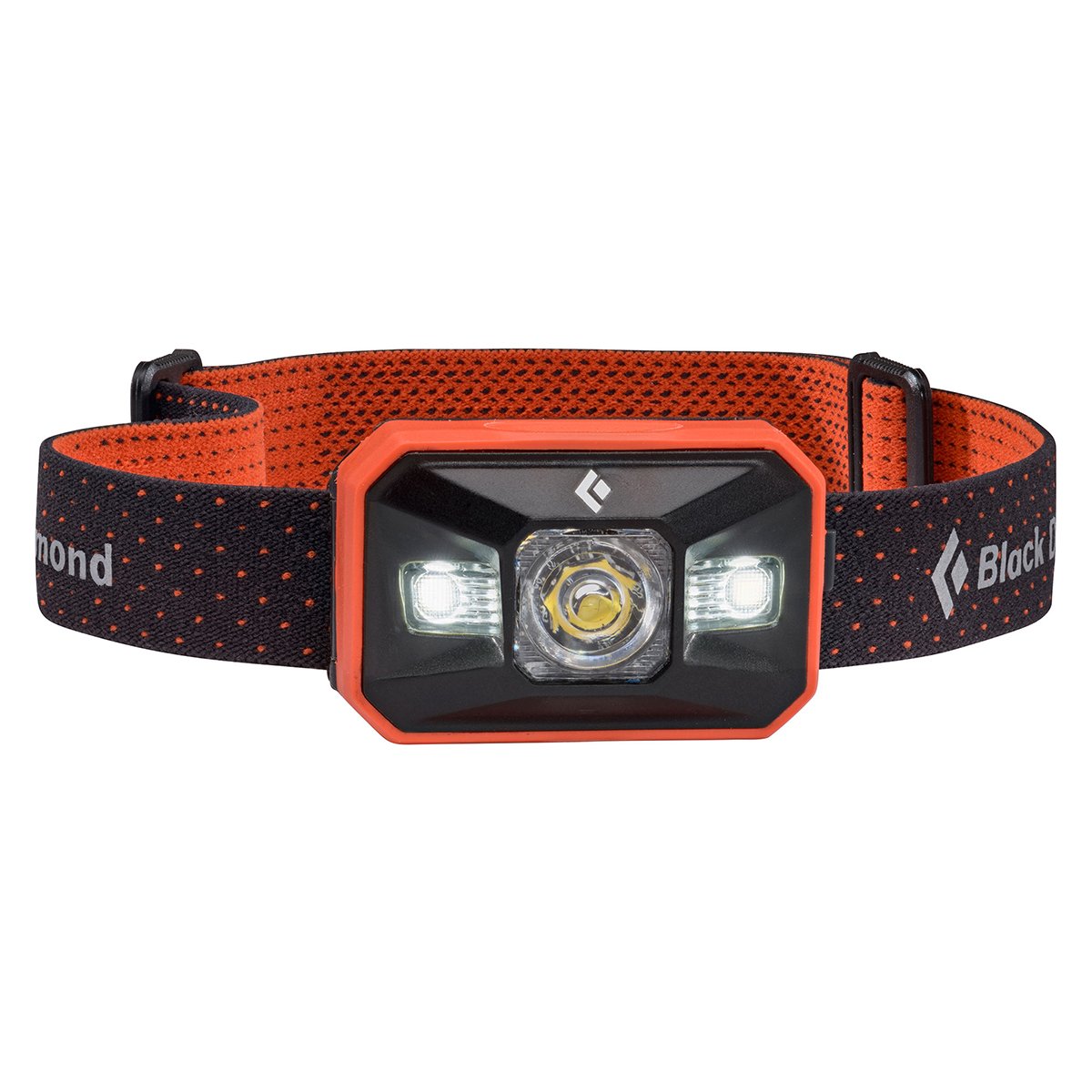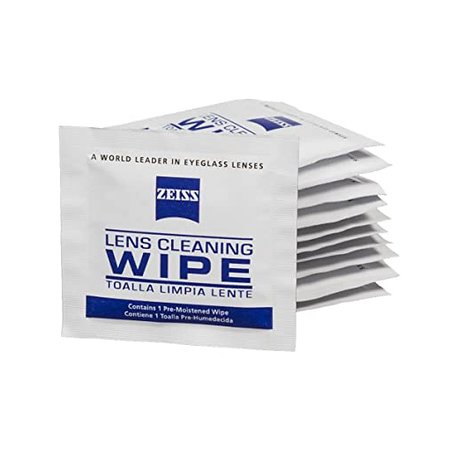What’s in my bag?
If I had a dollar for every time someone asked me what camera/drone I use, I would have been able to afford all the gears I want today. Jokes aside, I really do think that good gears provide you with an additional advantage while taking pictures, but the most compelling images are often made by being at the right place at the right time. Your gears are just tools to help you achieve your result, but what matters the most is the process of how you develop an image inside your brain. Good gears might get you a few good images, but it will never make you a better photographer. It's how you compose your images, how differently you perceive a simple scene, or how you can direct a viewer's eye on your images are what makes you stand out.
With the rising use of smartphones with exceptional cameras, photography has been at the forefront of people's interest more than ever. A lot of people starting out their journey in the field of photography are either curious, confused or concerned about what to buy. To curb all your curiousity, and to answer the most frequently asked question, I thought about listing down all my equipments once and for all. This is not your guide about what to buy, this is just an insight about what keeps my backpack full and how I use them.
Camera and lenses
Sony A7M3
This is my primary camera since last four years and counting. This camera is extremely lightweight, and is by far one of the best mirrorless cameras in the market in its budget range. It is packed with so many powerful features and doesn't dig a hole in your pocket at the same time.
Sony FE 16-35mm f/2.8 GM II
This is my razor-sharp wide angle lens that is mounted on the camera 90% of the time. This is the GMaster II version, which is pretty lightweight compared to its predecessor. The extremely wide field of view also helps me to include a lot of foreground elements in my landscape images. If I can carry only one lens to a destination, this will be the one.
Tamron 28-75mm f/2.8 Di III RXD E-mount
This is the cheaper alternative of Sony 24-70mm GMaster F/2.8, but it produces similar results. This is the lens I'm using when my movements are restricted (e.g, shooting out of an airplane) or when I'm shooting people. I put this on my camera after sunset because of its incredible low-light performance.
Sony FE 70-200 mm F2.8 GM OSS
My only GMaster lens and it’s razor sharp and fast. Nowadays, I find myself using the telephoto a lot more than I used to. Brilliant for taking portraits here and there during my travel. I'm always using this for compressed landscape shots, and when I want to isolate my subject from its surroundings. My absolute favorite to provide a sense of scale to grand landscape.
Drones and Filters
DJI Mavic 3 Pro
I recently upgraded to the Mavic 3 Pro after using a Mavic 3 for four years. I can easily send this seven kilometers away without a worry. Love the variety of shots 3x brings into play. I carry five batteries for this one and let’s just say I never missed a shot due to lack of charge.
DJI RC Pro
My favorite drone remote ever. This is a more expensive version of the DJI RC, and comes with incredibly bright display. The battery back up is very good, but the best thing is you almost never lose signal while using this remote. Gives me enough confidence for those full sends.
Haida Filter M10 Christmas Kit
I recently purchased the Haida Filter M10 Christmas kit and have been very impressed with the quality. It is light weight, comes with a decent pouch box which keeps your filters safe and is lightweight. The ND filters provide very good results with no noticeable colour cast.
PolarPro Vivid ND/PL Filter Pack for Mavic 3 Pro
My trusty filters for the drone, always keep them on while shooting during daytime. Helps me cut back reflection while flying around water or any reflective/shiny surface and helps me retain more vivid colors of the landscape.
Tripod
Peak Design Travel Tripod Carbon Fiber
This is my primary tripod in most of my trips. It’s very lightweight super compact, and hence definitely my first choice to reduce the weight of my camera bag. However, I feel this tripod is not super sturdy and hence I do not use this on very windy days.
National Geographic Aluminum Travel Photo Tripod
This is my newest addition and provides extremely good value for money. This tripod comes with a lot of different functionality like converting to monopod, shooting vertically for flatlay and has a ball head that I really love. I primarily use this for astrophotography and in general harsh conditions. In most of the locations, I carry two camera bodies (I usually rent one) and this tripod travels with me all the time.
Camera Backpack
F-Stop Tilopa (50L)
One of the best decision of my life was to buy this backpack before my first trip to Iceland. And I really want to say this out loud - the F-stop Tilopa is probably the best camera backpack I have ever laid my hands on. Starting from its design, to its colour (don't hate me for the orange, I love it!), the technology, the durability - I love everything about this bag. It doesn't matter if it rains or snows - the Tilopa is made to weather the most extreme conditions. It also has back opening which is very convenient when I'm changing gears by placing my bag face down on the ground. I am constantly worried about the safety of my equipment, but when I'm using the Tilopa, I can just forget about all my concerns and concentrate more on shooting. This bag comes with a couple of handy attachments that I use to make the most out of it, and more often than not it fits my clothes too apart from the gears and chargers. I know this doesn't come cheap but cannot recommend this more if you shoot in harsh conditions. The best part? It perfectly fits as a cabin luggage in flights.
Other accessories
F-Stop Accessories Pouch (Medium and Large) - I won a little contest with FStopGear and they sent me $500 worth of accessories, so I try to make full use of it in all of my trips. I use the medium pouch to hold all my chargers and some extra batteries, where the large one holds my camera cleaning kit, my head torch, extra memory cards, powerbank etc. It keeps everything organized, just how I like them. I have also used the large pouch to carry my drone sometimes, I think it's made for a Mavic Pro.
F-Stop Internal Camera Unit (Large) - This is the camera unit that goes inside my orange backpack. Mind you, this is an enclosed bag in itself and during the security check at the airport, it is very convenient to take this bag out of my backpack as it contains all the gears, rather than spreading out your gears separately those trays.
Peak Design Capture Clip - This is the most valuable piece of accessory I own. This helps me attach my camera to the straps of my bag, or my belt without having to use a strap.
Black Diamond Head Torch - Always using this while shooting at night. This torch has four different colours of light, and the faint red-light really helps me see my camera at night without ruining any other photographer's images shooting beside.
Zeiss Lens Wipes - I keep a bunch of lens wipes handy because they significantly reduce the lens cleaning time.
MagicFiber Micro Fibre Clothes - These are very soft and very high-quality micro fiber clothes to clean your equipments. I spread them all over my camera backpack so that I can always get my hands on one of them.
Lastly, if you have made it this far, I want to just leave you with one small little thing. Remember that your gears will be forgotten, but your images may live.

